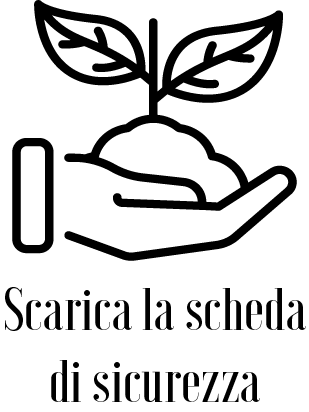Volcanic lapillus, volcanic lava 100/200 mm (n 1 pebble for aquariums)
VOLCANIC LAPILLO, VOLCANIC LAVA 100/200 mm (n 1 pebble for aquariums).
The insertion refers to the purchase of a single pebble with a diameter between 100 and 200 mm.
Pumice and lapilli are the product of explosive volcanic eruptions formed following a violent expansion of the gases dissolved in lavas of acidic chemical composition: the rapid cooling of the rock prevented the crystallization of the same, trapping the gases inside and generating minerals alveolar expanded more or less accentuated.
In fact, during the solidification phase, the vapors present in the magma, suddenly released, caused the swelling of the entire mass of the magma and during this rapid cooling phase the differences in the physical structure of the various volcanic aggregates were determined: the volcanic lapillus formed from a magma with lower silica content.
The lower viscosity and the slower cooling of the lava facilitated the escape of a certain quantity of the gases present in the magma.
Minerals were formed characterized by vacuums with an average diameter greater than those of the pumice but with a much smaller number.
MEDIUM CHEMICAL ANALYSIS
SiO 2 : 56%
At 2 0 3 : 16.5%
K 2 O: 4.9%
Fe 2 O 3 : 6.5%
CaO: 8.8%
Na 2 O: 0.8%
TiO 2 : 3.1%
MgO: 1.2%
TECHNICAL FEATURES
pH: 7.0;
CATIONIC EXCHANGE: 18 meq / 100g.
FUNCTIONAL CHARACTERISTICS AND FIELDS OF USE
Light natural inert material, ideal for:
? rooting substrate (sowing, cuttings, transplants, soilless crops and hydroculture);
? preparation of universal molds;
? preparation of specific soils (annual plants, acidophilic plants, succulents, houseplants, grass carpets ...);
? preparation of professional potting soils for garden horticulture and for protected crops;
Mulch flower beds or garden areas where you want to avoid the growth of herbs or weeds;
? hydroponic crops;
Land improvement;
? hydroculture;
? drainages;
? support surface for vases;
? thermal insulation.










